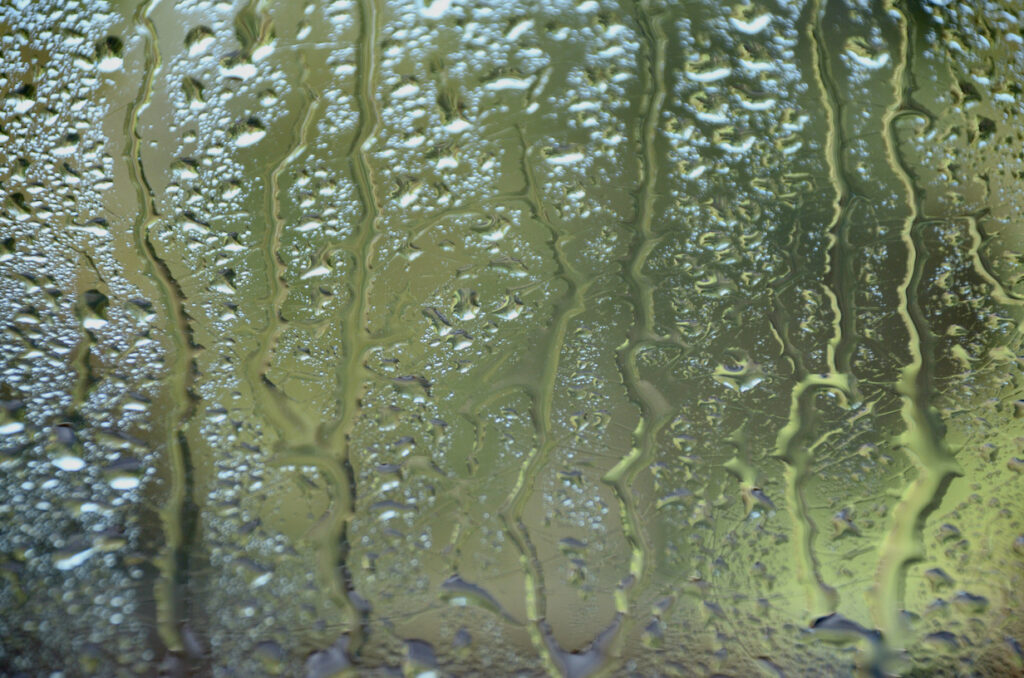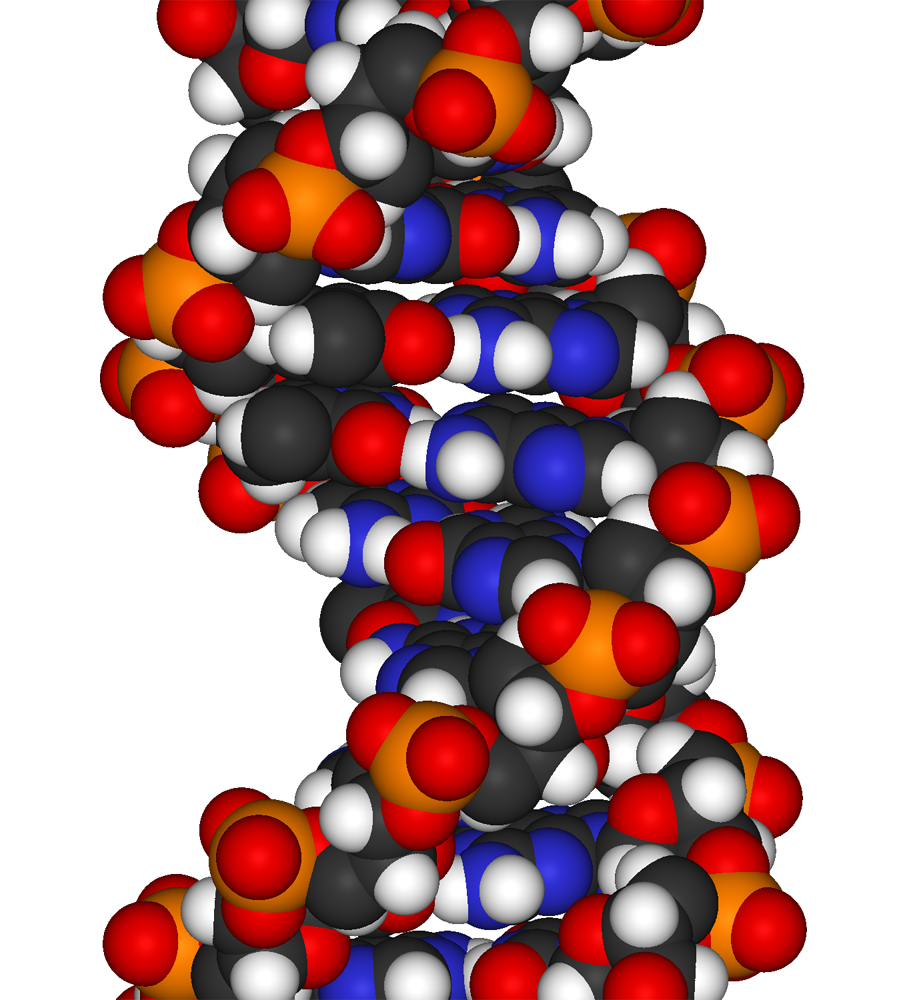
I’ve had two posts in a row about the phenomenon of Life, so it is perhaps fitting to round things out with a post on death. Despite the fact that one cannot enjoy life without the accompaniment of death in its many forms, death is not a suitable subject for polite company in our culture.
Before discontinuing after a few episodes (due to excessive violence), my wife and I started watching the American Primeval show on Netflix. One scene contrasted most members of modernity who—when threatened by Native Americans—blubber and shriek at the prospect of death against one rare individual who showed no fear. While not explicit on this point, I could believe the Native Americans would perceive most members of modernity as being infantilized, pampered, useless, “full-grown children” who had not learned to accept the reality of life—including its requisite, ubiquitous mortality. Or, is that just me, projecting?
Fear of death pervades our culture: many among us cringe at its mention, and indeed structure whole lives around elaborate stories of denial: we can’t really ever be dead, surely!
It’s understandable: having never experienced death ourselves, our brains have no point of contact and cannot conceive what it is like. The vacuum begs to be filled by any fanciful notion that displaces fear of the great unknown.
But, I’ll make a point that many of us actually have experienced something close enough to death to be surprisingly informative. In another sense, all of us have “experienced” our own death state. I’ll explore these “experiences” and why I believe they tell us almost everything we need to know about the state of death. Indeed: if we’re open to observation, we actually already possess a highly probable sense of what happens after we die! As far as I can tell, it turns out to be a nothing-burger—which can be either disappointing or relieving (or just “whatever”) depending on perspective.
Continue readingViews: 3216




